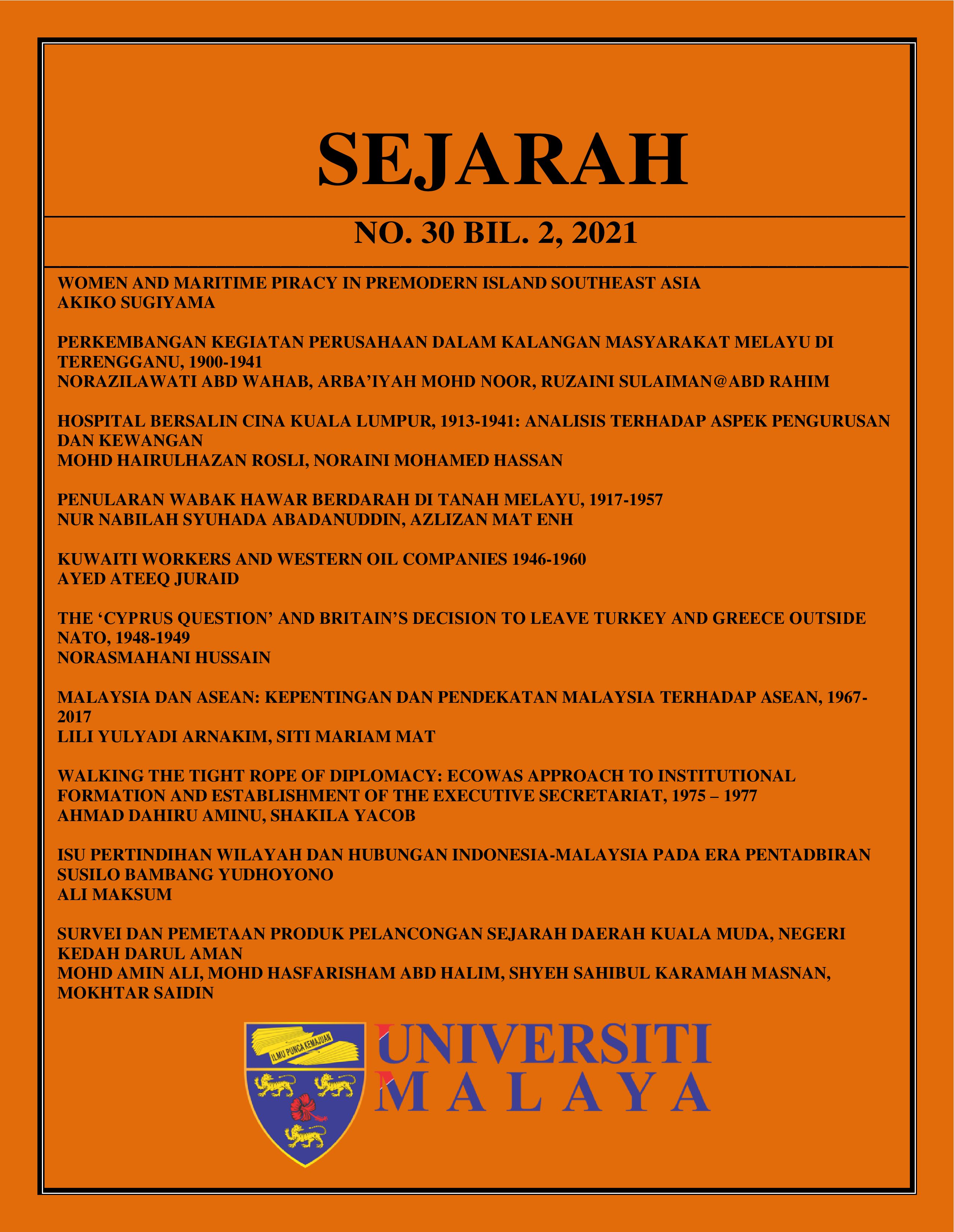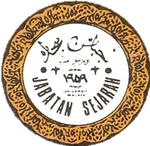PENULARAN WABAK HAWAR BERDARAH DI TANAH MELAYU, 1917-1957
THE OUTBREAK OF BLOODY BLIGHT IN MALAYA, 1917-1957
DOI:
https://doi.org/10.22452/sejarah.vol30no2.4Keywords:
Kolonial British, Penyakit Berjangkit Haiwan, Hawar Berdarah, Haemorrhagic Septicaemia, State Veterinary SurgeonAbstract
Bloody blight plague is an infectious disease of animals that have been occurring in Malaysia for a long time, since the British colonial era. According to the earliest found bloody blight disease has occurred since 1917. The outbreak of bloody blight has brought various implications for the economic and social sectors in Malaya. Therefore, this objective was to study the efforts taken by the British colonial authorities in order to curb the spread of dengue blight that occurs in Malaya from 1917 until 1957. This study applies the method of qualitative research methodology through the analysis and study of reference to primary sources such as documents from the Colonial Secretary's Office, State Veterinary Surgeon, and Annual Reports obtained from National Archive of Malaysiasources. Therefore, this study was conducted to examinate the British efforts in eradicating this disease. Further, this research has also led to the conclusion and finding that the British colonial authorities had arried out their roles and responsibilities well despite having to face some constraints in addressing the epidemic, especially when tried to develop a vaccine centre in Malaya in 1953.Received: 19 September 2021
Reviewed: 22 September 2021
Accepted: 6 December 2021
Downloads
Download data is not yet available.


